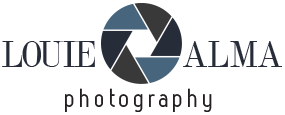Saint Lucia Tourism Authority Lights Up the UK with celebrations for 30th Anniversary Gala Dinner
The Saint Lucia Tourism Authority marked a milestone with its 30th Annual Gala Dinner last night at Down Hall Hotel, Spa, Estate, where more than 200 guests were treated to an unforgettable evening filled with culture, music, and the vibrant spirit of Saint Lucia.




